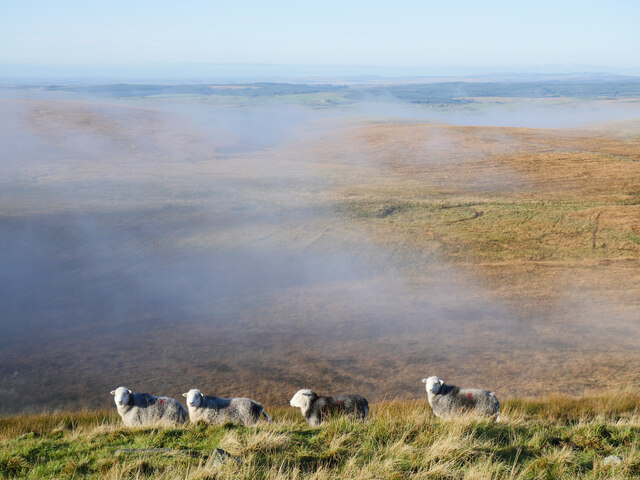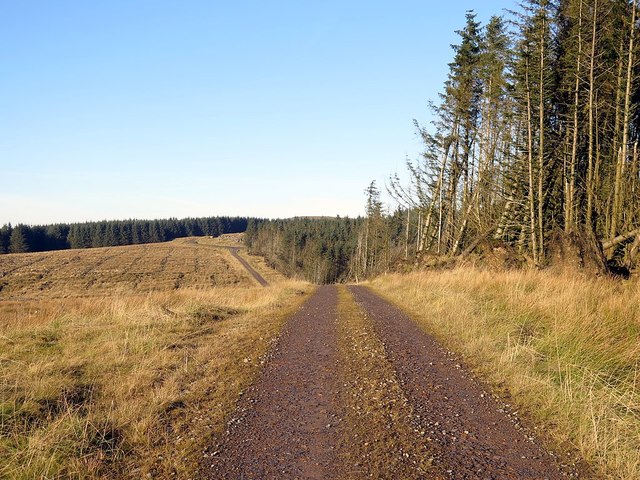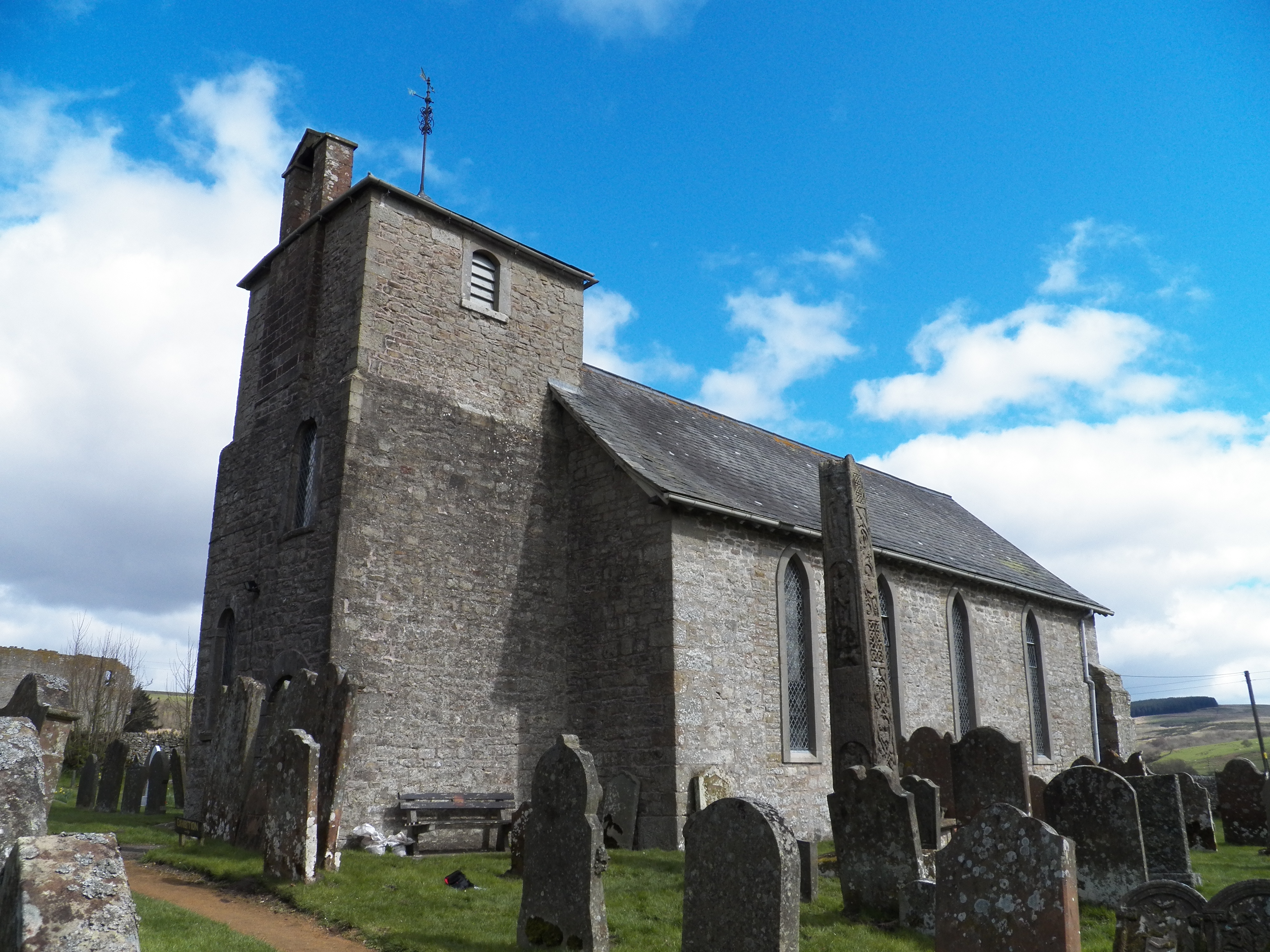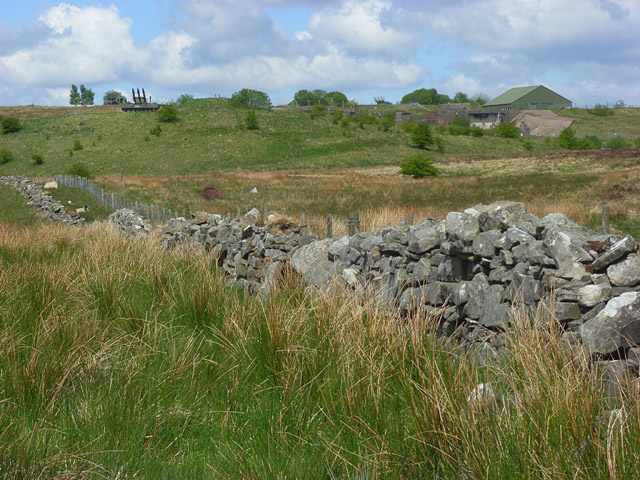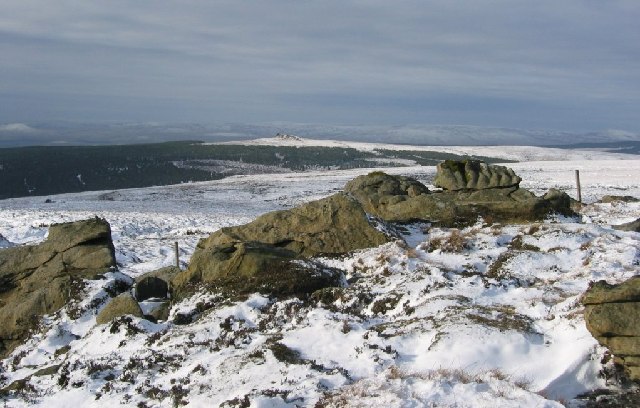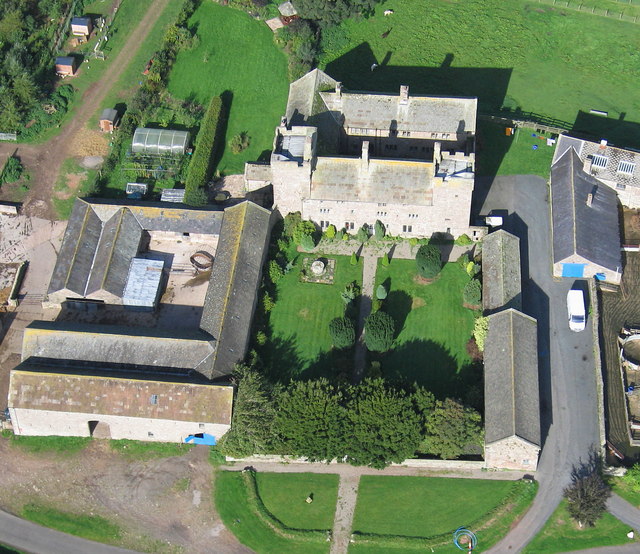Barron's Pike
Heritage Site in Cumberland Carlisle
England
Barron's Pike

Barron's Pike, located in Cumberland, is a renowned heritage site that holds significant historical and cultural value. This site is a testament to the rich heritage and captivating history of the region.
Barron's Pike is a massive limestone formation that stands prominently on the landscape, reaching a height of approximately 200 feet. It is believed to have been formed millions of years ago through natural geological processes. The pike's unique shape and impressive size make it a distinctive landmark in the Cumberland area.
The site has a deep historical connection, with evidence pointing to its use as a lookout point by indigenous peoples for thousands of years. It is speculated that the Pike provided an advantageous vantage point for hunting, defense, and observation.
Over the years, Barron's Pike has also served as an important landmark for early European settlers in the area. It was named after an early settler, Barron, who used the pike as a reference point to navigate the surrounding terrain.
Today, Barron's Pike is a popular destination for nature enthusiasts, geologists, and history buffs alike. Visitors can admire the grandeur of the limestone formation, take in the breathtaking views from its elevated position, and explore the surrounding natural beauty.
The site is easily accessible, with well-maintained trails leading up to the pike. Interpretive signs and information boards provide visitors with historical and geological insights, enhancing the educational experience.
Barron's Pike stands as a remarkable testament to the deep-rooted history of Cumberland and serves as a reminder of the enduring connection between humans and their environment throughout the ages.
If you have any feedback on the listing, please let us know in the comments section below.
Barron's Pike Images
Images are sourced within 2km of 55.0693/-2.6344 or Grid Reference NY5975. Thanks to Geograph Open Source API. All images are credited.






Barron's Pike is located at Grid Ref: NY5975 (Lat: 55.0693, Lng: -2.6344)
Administrative County: Cumbria
District: Carlisle
Police Authority: Cumbria
What 3 Words
///charm.chucks.ounce. Near Greenhead, Northumberland
Nearby Locations
Related Wikis
Nearby Amenities
Located within 500m of 55.0693,-2.6344Have you been to Barron's Pike ?
Leave your review of Barron's Pike below (or comments, questions and feedback).

